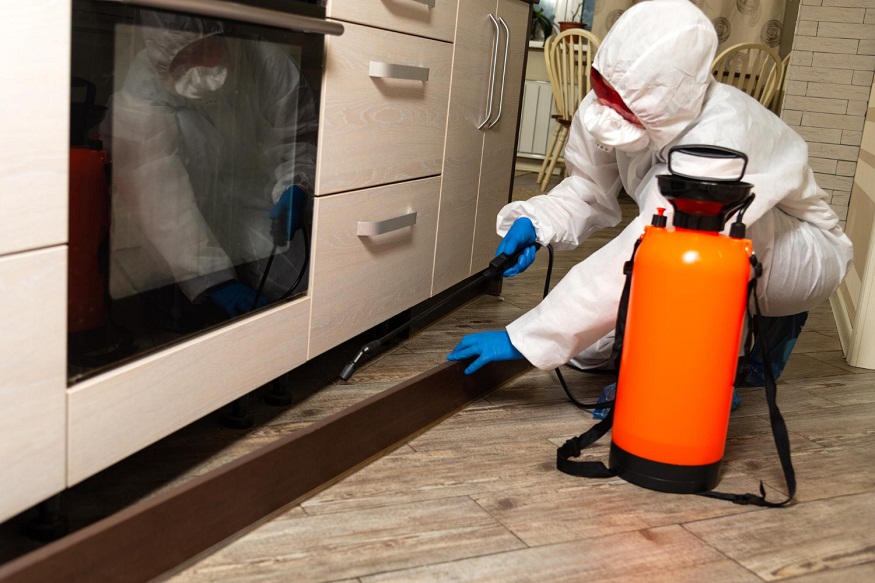Pest control in Highland village, like many areas around the globe, show signs of gradual integration of efficient and sustainable methods of pest control. Executive arm of various governments and organizations are daily updating their policies to meet up with various challenges of modernity and more often including deployment of modern techniques with an aspect of environmental conservation. In this article, the author looks at various pest control policies to determine how they are likely to change in the future to accommodate the various needs in the world in the long term to balance the environment.
What Measures Have Been Taken By Different Governments To Tackle Emergencies In Public Health?
Due to realizing the correlation between pest control and public health, governments have increased efforts to proactively revise policies. Safeguarded regulations include vectors that cause diseases with improved surveillance and control in both, the urban and rural settings. Community participation in the prevention and control of pests has also embraced some countries through releases of pest education programs. The above measures will help in minimization of risk factors that prevail with pests, as well as ensure that people are easily sensitized and encouraged to participate in pest control.
What Does Technology Do in Policy Development?
Technological advancement in pest control policies is a reality in countries all over the globe. Modern technological interventions include remote pest management, integrated pest management and big data, and predictive analytics. Laws and regulations today insist on incorporation of such technologies to further efficiency and reduce the costs of harm. Actually, they also enable improved cooperation between parties so that pest control activities and regulatory requirements can be met within the right time.
In what ways are countries promoting research and innovation?
Due to these dynamic pest threats, many countries have increased their spending on research and development. This is because the existing policies are being changed in a bid to offer funding to research the pests’ behavior, resistances, and organic solutions. Interdisciplinary research partnership between universities, businesses, and public bodies is now on the rise. Such approaches are intended to seek new and possibly more effective methods of managing pests that fit and or serve the green and economic agendas.
What factors contribute to international policy support?
The formulation and implementation of pest control strategies are now highly informed by the global cooperation and compacts. International bodies are encouraging the sharing of information and practices in order to deal with pest problems that cross national borders. For instance, policies have ongoing documentation that seeks to check the introduction of invasive species and improvement of quarantine. These global endeavours stress on the austere integrated approach to combating pest menace so as to build global immunity to thrive acid tests of pest spurs.
How are Policies Changing with regards to Climate Change?
Climate change is affecting policy measures related to pest control because it changes pest distribution and behavior. These threats are gradually influencing the ways nations rewrite their security concepts associated with altering systems. Measures now focus on the implementation of sustainable strategies including evolving production of pest resistant crops and improving surveillance. Thus, this proactive approach will guarantee continued effectiveness of pest management comes environmental changes.
Conclusion
Changes in pest management policies can be seen as a part of the overall global processes happening in the sphere of sustainable development, innovation, and cooperation. Combined with public health issues, technology initiatives, research developments, and being able to respond to environmental peculiarities, various countries create pest management frameworks. They do all that for the future of agricultural productivity and health of the general population as well as the future balance of the planet. But as policies persist, they create the opportunities of a wholly increased and substantive global strategy on pest control.

